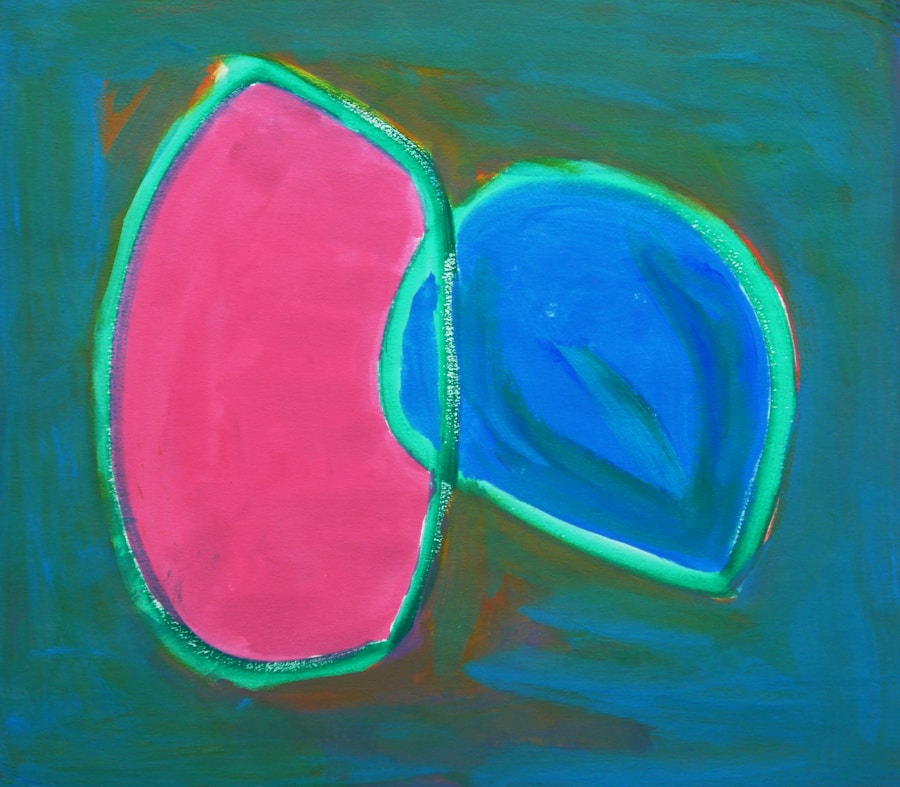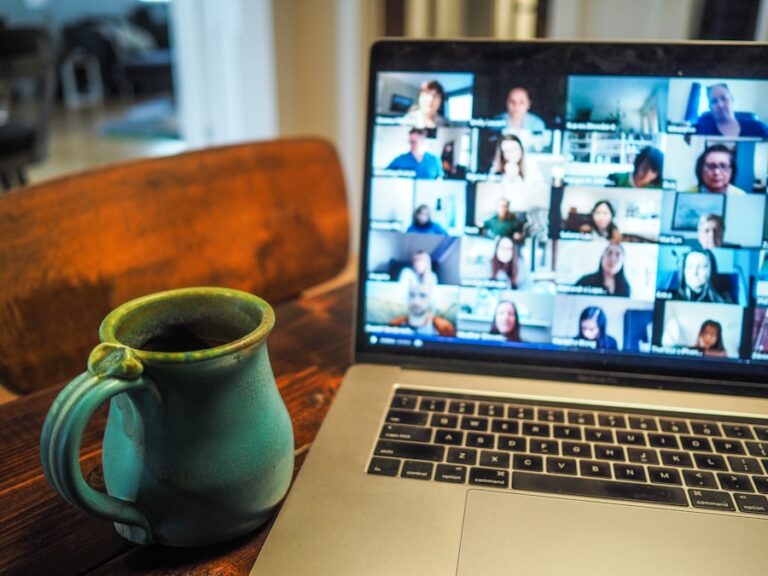From Sketch to Screen: The Process of Creating a Digital Art Logo
The process of creating a logo begins with brainstorming and sketching. This is the stage where the designer explores different ideas and concepts, trying to find the perfect visual representation for the brand. Brainstorming involves researching the company, its values, and its target audience to understand what kind of image would best represent it. This can involve looking at competitors’ logos, analyzing industry trends, and considering the brand’s unique selling points.
Once the designer has a clear understanding of the brand, they can start sketching out ideas. This is a crucial part of the process as it allows the designer to quickly explore different visual concepts without getting bogged down in the details. Sketching also allows for a more organic and free-flowing creative process, which can lead to unexpected and innovative ideas. At this stage, the designer may create dozens of rough sketches, exploring different shapes, symbols, and typography options. These sketches serve as the foundation for the logo design and help the designer to narrow down their ideas to a few strong concepts that can be further developed.
Choosing the Right Tools: Digital Software and Techniques
Once the initial concepts have been sketched out, the designer can move on to choosing the right digital tools and techniques to bring their ideas to life. In today’s digital age, there are countless software options available for logo design, each with its own unique features and capabilities. Some popular choices include Adobe Illustrator, CorelDRAW, and Inkscape, all of which offer powerful tools for creating vector-based graphics. These programs allow for precise control over shapes, lines, and colors, making them ideal for creating clean and scalable logos.
In addition to choosing the right software, the designer must also consider which techniques will best bring their vision to life. This may involve experimenting with different drawing and illustration techniques, such as using a tablet and stylus to create hand-drawn elements, or using advanced digital manipulation tools to create complex shapes and effects. The choice of tools and techniques will depend on the specific requirements of the logo design, as well as the designer’s personal style and expertise.
Refining the Design: Iterative Process and Feedback
With the initial sketches and digital tools in place, the designer can begin refining the logo design through an iterative process. This involves continuously revisiting and revising the design based on feedback from both the client and the designer’s own critical eye. The iterative process allows for constant improvement and refinement, ensuring that the final logo is a polished and effective representation of the brand.
Feedback from the client is a crucial part of this process, as it provides valuable insight into how well the design aligns with their vision and goals. This feedback may involve requests for specific changes or adjustments to certain elements of the design, as well as general impressions and reactions to the overall concept. The designer must carefully consider this feedback and use it to guide their revisions, making sure to address any concerns or suggestions while staying true to their own creative vision.
In addition to client feedback, the designer may also seek input from colleagues or other design professionals to gain fresh perspectives on the work. This can help to identify any potential blind spots or areas for improvement that may have been overlooked. By embracing an iterative process and being open to feedback, the designer can ensure that the final logo design is as strong and impactful as possible.
Incorporating Brand Identity: Color, Typography, and Symbolism
As the logo design begins to take shape, the designer must carefully consider how to incorporate the brand’s identity into the visual elements of the logo. This involves making strategic choices about color, typography, and symbolism that will effectively communicate the brand’s values and personality.
Color plays a crucial role in shaping the emotional impact of a logo, as different colors can evoke different feelings and associations. The designer must consider how color can be used to convey the brand’s identity, whether that means using bold and vibrant hues to communicate energy and excitement, or more subdued tones to convey sophistication and professionalism.
Typography is another important aspect of brand identity that must be carefully considered in logo design. The choice of font can greatly influence how a brand is perceived, so it’s important to select typography that aligns with the brand’s personality and values. Whether it’s a sleek and modern sans-serif font or a classic and elegant serif typeface, typography can help to reinforce the brand’s identity and create a cohesive visual language.
Symbolism is also a powerful tool for communicating brand identity through a logo. Whether it’s through an abstract shape, a stylized icon, or a clever visual metaphor, symbolism can help to convey deeper meanings and associations that resonate with the brand’s audience. By incorporating meaningful symbolism into the logo design, the designer can create a strong visual connection between the brand and its target market.
Adding Depth and Dimension: Shading and Texturing
Once the basic elements of the logo design are in place, the designer can begin adding depth and dimension to bring the design to life. This may involve using shading and texturing techniques to create a sense of three-dimensionality and visual interest.
Shading is a powerful tool for creating depth in a logo design, as it can add volume and dimension to flat shapes and forms. By carefully applying light and shadow to different elements of the design, the designer can create a sense of depth that makes the logo feel more dynamic and engaging. This can be achieved through techniques such as gradient fills, hatching, or soft blending effects, all of which can help to create a more realistic and tactile appearance.
Texturing is another effective way to add depth and character to a logo design. By applying subtle textures or patterns to different elements of the design, the designer can create visual interest and complexity that makes the logo more visually compelling. This can be achieved through techniques such as overlaying grunge textures, adding subtle noise or grain effects, or incorporating intricate patterns that add richness and depth to the overall composition.
By carefully applying shading and texturing techniques, the designer can elevate the logo design from a simple flat graphic to a more visually engaging and dynamic piece of artwork that captures attention and communicates depth.
Finalizing the Artwork: Fine-tuning and Exporting for Various Platforms
As the logo design nears completion, the designer must focus on fine-tuning every aspect of the artwork to ensure that it meets all technical requirements and is ready for use across various platforms. This involves carefully reviewing every detail of the design, making any necessary adjustments, and preparing the artwork for export in different file formats.
Fine-tuning involves checking for any inconsistencies or imperfections in the design, such as uneven lines or misaligned elements, and making precise adjustments to ensure that everything is perfectly aligned and balanced. This may involve zooming in on the artwork at high magnification to catch any small details that need attention, as well as testing different color profiles to ensure that colors are accurately represented across different devices.
Once all fine-tuning is complete, the designer must prepare the artwork for export in various file formats that are suitable for different applications. This may involve creating vector-based files for scalability and flexibility, as well as raster-based files for specific use cases such as web or print. By exporting the artwork in multiple formats, the designer ensures that it can be used effectively across different platforms without losing quality or consistency.
Presenting the Finished Logo: Showcasing and Receiving Client Approval
With the final artwork prepared, it’s time for the designer to present the finished logo to the client for approval. This involves showcasing the logo in various contexts to demonstrate how it will appear in real-world applications such as business cards, websites, signage, or packaging.
The presentation should highlight how well the logo represents the brand’s identity and values while also demonstrating its versatility across different platforms. This may involve creating mockups or visualizations that show how the logo will look in different settings, allowing the client to visualize how it will appear in practice.
Once presented, it’s important for the designer to be open to feedback from the client while also confidently advocating for their creative choices. This may involve explaining how specific design decisions were made or addressing any concerns or questions that arise during the presentation. By maintaining open communication with the client throughout this process, both parties can work together to ensure that the final logo meets all expectations and requirements.
Receiving client approval is a crucial step in finalizing the logo design process. Once approved, the designer can deliver all necessary files to the client for immediate use across various platforms. This marks the successful completion of a collaborative creative process that has resulted in a strong and impactful visual representation of a brand’s identity.






